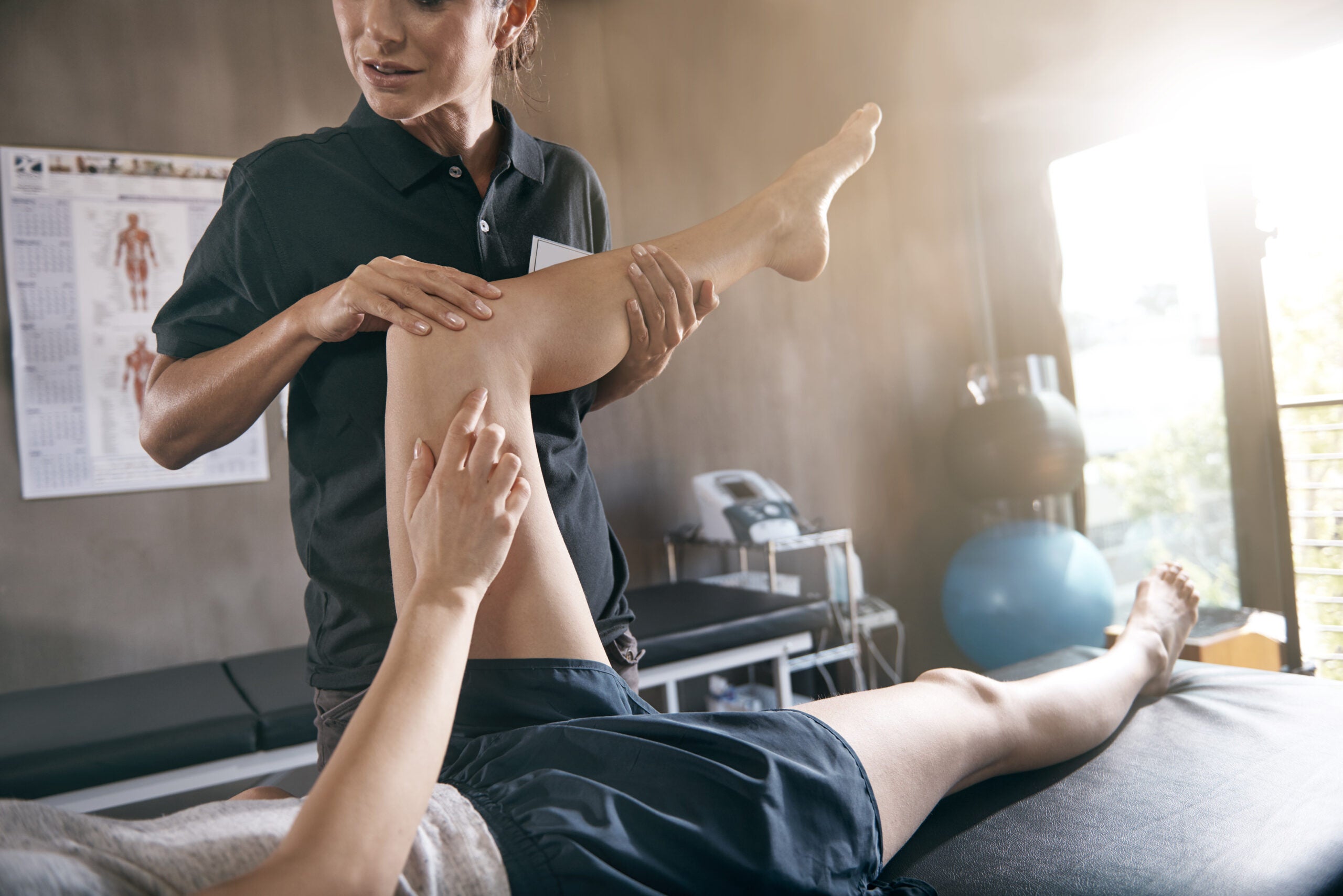Grasping the Methods to Physiological Therapy to Better Rehabilitation as well as Rehabilitation
Grasping the Methods to Physiological Therapy to Better Rehabilitation as well as Rehabilitation
Blog Article
Bodily therapy represents a important component of rehabilitation and rehabilitation for a lot of patients. This helps individuals restore power, enhance flexibility, and alleviate pain after traumas or surgeries. Various approaches to bodily treatment, all designed to satisfy the particular requirements of patients. Understanding these diverse approaches can help people make knowledgeable decisions about their rehabilitation journey.
One common approach to bodily rehabilitation is manual treatment. Such technique involves hands-on therapy by a bodily practitioner to manipulate muscles and connections. Physical rehabilitation can aid relieve pain, boost circulation, and enhance flexibility. Specialists may use approaches such as manipulation, articulation mobilization, and elongation to assist individuals heal. This method is often helpful for those with skeletal problems, such as back soreness or arthritic conditions, as it centers on the physical elements of healing.
A different important method is therapeutic exercise. This technique entails particular exercises tailored to improve vigor, balance, and dexterity. Physical practitioners develop personalized exercise plans based on the client's status and objectives. These activities can differ from basic exercises to increasingly advanced activities. Rehabilitative movement is essential for regaining power after an injury and avoiding future problems. It furthermore aids individuals recover belief in their bodily skills, which is crucial for overall rehabilitation.
Aquatic rehabilitation is a different beneficial approach that employs aqua to support in healing. Such physical therapy for improving flexibility technique leverages the support of aqua, which minimizes the stress on connections and allows for more comfortable activity. Clients can perform movements in a water environment, making it a wonderful alternative for those with restricted flexibility or pain. Aquatic therapy can help boost vigor, flexibility, and stamina while offering a supportive environment for recovery. This is notably advantageous for clients healing from operations or those with long-term pain conditions.
Lastly, education and autonomy are crucial parts of physiological rehabilitation. Physical therapists also deliver treatment but also educate clients about their conditions and how to manage them. This includes grasping physical movement, alignment, and the significance of staying active. With equipping individuals with information, therapists help them take an proactive position in their rehabilitation. This approach motivates clients to persist their recovery outside therapy meetings, resulting to improved long-term results.
To summarize, physical treatment provides diverse approaches to enhance healing and recovery. Hands-on therapy, restorative physical activity, aquatic treatment, and knowledge all play significant functions in assisting individuals recover their power and mobility. All method is tailored to address the distinct needs of clients, guaranteeing a comprehensive technique to recovery. Through comprehending these different methods, patients can more effectively navigate their healing path and work towards attaining their recovery goals.